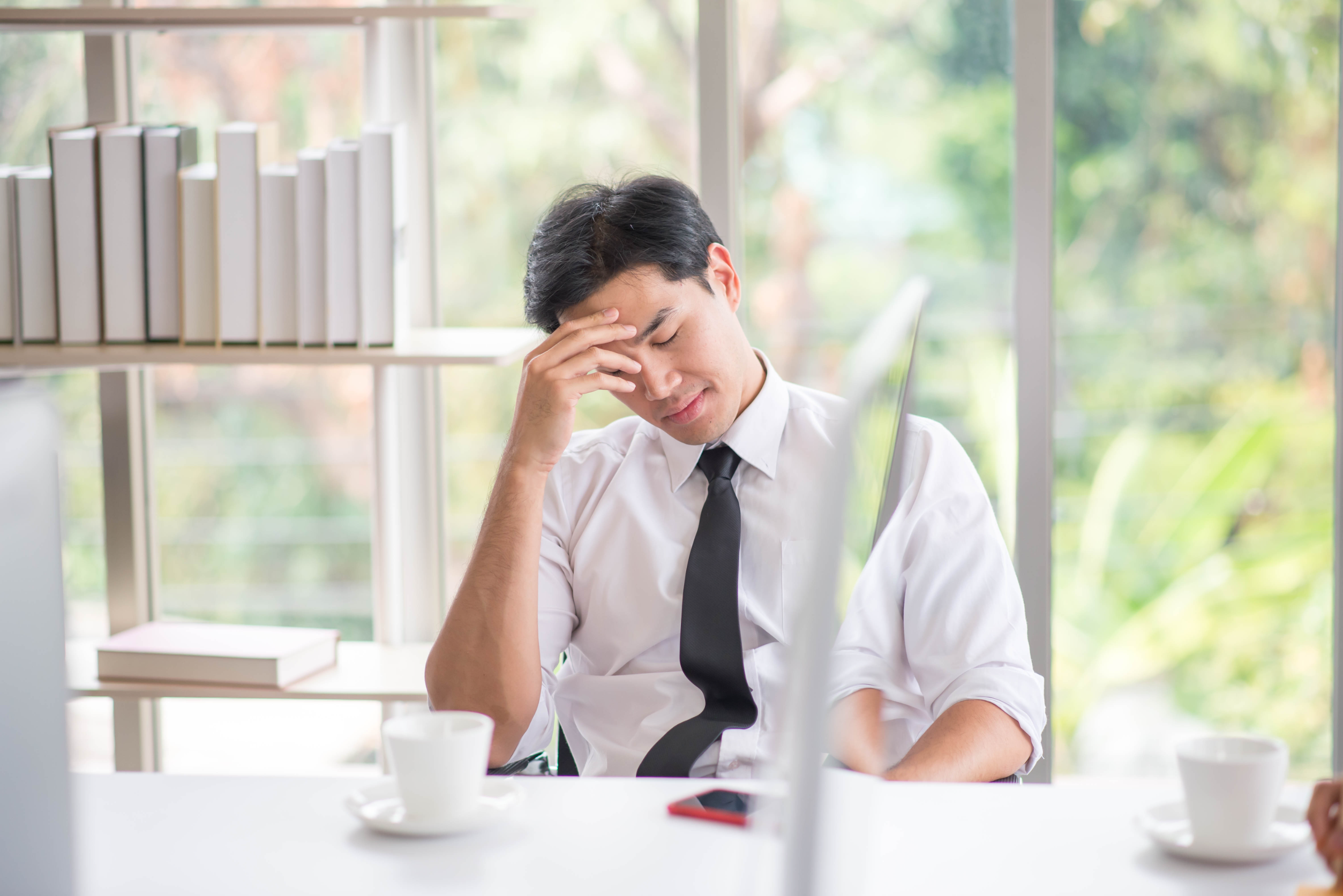Male employees in Japan encouraged to prioritise family over work

To address Japan’s falling birth rate, Japan is aiming to increase the ratio of male employees taking childcare leave to 50% by 2025, before hitting a high of 85% in 2030.
Among the strategies outlined by Prime Minister Fumio Kishida include providing financial support to small businesses that pay a special allowance to employees who temporarily assume the work of colleagues on childcare leave.
The government will also raise the child-rearing allowance paid to parents for a certain period after the child’s birth. If both parents take childcare leave, the allowance would be increased to prevent a decrease in the take-home pay of the couple. A new programme will also extend the allowance to irregular employees, freelance workers, and the self-employed.
To further increase the income of child-rearing households, the government will also consider revising the program to support female employees working on a part-time basis to ensure they maintain their status as a dependent of their spouse or parents and not have to pay social security insurance premiums.
READ: Japan plans new family initiatives to support non-regular workers
Other measures revealed by Kishida include expanding current childcare allowances and setting up a new programme to subsidise housing expenses for child-rearing households.
In 2021, only 14% of male employees took childcare leave in Japan, although that pushed allowance payments to 645.6 billion yen (US$4.9 billion), a 2.5-fold increase over a decade ago, reported The Asahi Shimbun.



